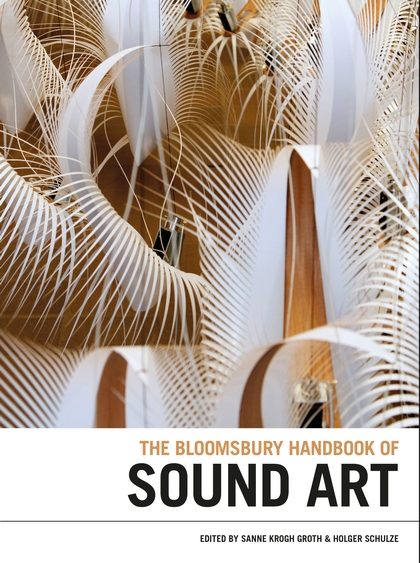The Bloomsbury Handbook of Sound Art (2020), edited by Sanne Krogh Groth and Holger Schulze, is now out. It is an attempt to open up the field of sound art to a truly global scope by including writers and artists from both the Global South and the Global North in a shared conversation about what sound art might be. It does so explicitly in the section “Journeys Across the Grid. Postcolonial Transformations as Sound Art”, where artists and scholar from outside the hegemonic scene of sound art studies in Europe and the US present their perspectives on sound art and sound art studies. And the book does so implicitly and throughout the 570-page anthology by encouraging writers to include artists from all over the world when illustrating and discussing their various perspectives on sound art.
One of the chapter in The Bloomsbury Handbook of Sound Art with a direct relation to the research project of Java-Futurism is the one entitled “Sound in Covert Places. Indonesian Sound Art Development through Bandung Perspectives” by Indonesian curator Bob Edrian. Bob Edrian’s wonderful chapter provides an extensive and insightful overview of the history of Indonesian sound art. Another chapter with relevance for Java-Futurism is the one by Cedrik Fermont and Dimitri della Faille entitled “Sound Art in East and Southeast Asia” which provides a political and historical discussion of sound art in East and Southeast Asia. Finally, the chapter by Sanne Krogh Groth is also highly relevant for Java-Futurism – of course. It describes the implicit Western conventions and colonial aesthetics that continue to haunt contemporary global sound art, including those that seek to expand the European contemporary art and music scene.
Sanne Krogh Groth & Holger Schulze (ed.): The Bloomsbury Handbook of Sound Art. New York: Bloomsbury Academic. 2020.

